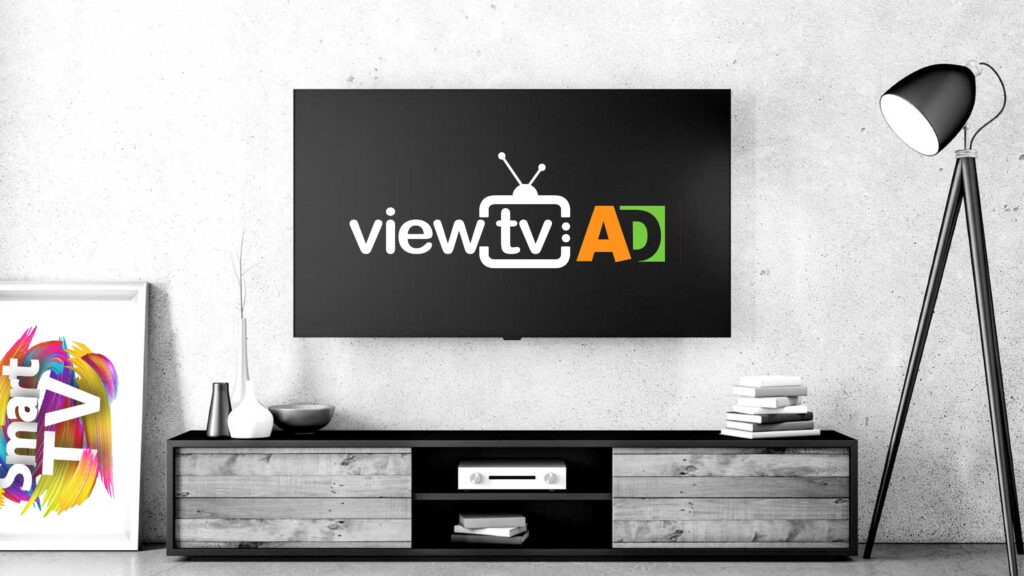Addressable Video Ads in FAST (Free Ad-Supported Streaming Television) is a streaming service that offers users access to various channels and content without requiring a paid subscription. Instead, users watch ads with FAST Channel Monetisation during scheduled breaks, similar to traditional TV. FAST differs from other streaming services that either charge a monthly fee or offer limited content for free. FAST aims to provide a cable-like experience over the internet with services like Kapang, with a wide range of genres and categories.
Addressable advertising is a form of targeted advertising that allows different ads to be shown to different households or devices watching the same program or content. Addressable advertising can be based on various criteria, such as demographics, interests, behaviours, location, or purchase history. Addressable advertising can enable advertisers to reach their desired audiences more effectively and efficiently, as well as measure and optimize their campaigns more accurately.
Addressable advertising for FAST Channels
The combination of FAST and addressable advertising can create a powerful opportunity for both content providers and advertisers, as well as enhance the user experience and satisfaction. However, there are also some challenges and limitations that need to be addressed and overcome in order to realize the full potential of this emerging format.
This white paper will explore the current state and future trends of addressable ads in FAST channel broadcasting, as well as the benefits and challenges for the key stakeholders involved. It will also provide some recommendations and best practices for implementing and optimizing addressable ads in FAST channel broadcasting.
Addressable TV Advertising and the television landscape
In short, addressable TV advertising has a long way to go before it becomes a major part of the TV advertising landscape.
FAST channel broadcasting is one of the fastest-growing segments of addressable TV advertising, driven by the increasing adoption and popularity of streaming TV among consumers and content providers. According to eMarketer, 104.8 million US households watched FAST channels in 2020, up 40% year over year. This number is expected to grow to 126.6 million by 2023, representing 63% of US households, and the average time spent on FAST channels per day also increased from 19 minutes in 2019 to 29 minutes in 2020.
The growth of FAST channel broadcasting is also fueled by the proliferation and diversification of FAST platforms and channels that cater to different tastes and preferences. Some of the leading FAST platforms include Kapang, Pluto TV, Tubi, Xumo, Peacock, Roku Channel, Samsung TV Plus, IMDb TV, Redbox Free Live TV, Plex, Crackle, Vudu, Stirr, Zumo, Philo, Sling Free, Locast, NewsOn, Haystack News etc.

FAST channel broadcasting with addressable advertising trends
Some of the future trends that are expected to shape the addressable ads in FAST channel broadcasting are:
- Increased adoption and penetration of connected TV (CTV) devices and smart TVs that enable the delivery and measurement of addressable ads. According to eMarketer, there were 204.1 million CTV users in the US in 2020, up 12.5% year over year. This number is expected to grow to 222.9 million by 2024, representing 64.1% of the US population. The number of smart TV users in the US was 104.7 million in 2020, up 14.5% year over year. This number is expected to grow to 119.4 million by 2024, representing 34.4% of the US population.
- Increased collaboration and consolidation among FAST platforms and channels to expand their content offerings and audience reach. For example, Pluto TV acquired Xumo in February 2020 and Tubi in March 2020 to enhance its video library and content distribution network. Roku acquired Quibi’s content library in January 2021 and launched Roku Originals in May 2021 to offer exclusive and original content to its users. Peacock partnered with A+E Networks in July 2020 to add channels such as A&E Crime Central and History Vault to its lineup.
- Increased innovation and experimentation with new formats and features for addressable ads that can improve the user experience and engagement. For example, interactive ads that allow users to choose their own ad adventure or provide feedback on the ads they see; shoppable ads that allow users to purchase products or services directly from the ads; contextual ads that match the content or genre of the channel or program; personalized ads that use data and AI to tailor the ads to the user’s preferences and interests; dynamic ads that change based on the time of day, weather, location, or other factors; immersive ads that use augmented reality (AR) or virtual reality (VR) to create a more realistic and engaging experience; social ads that incorporate social media elements such as likes, comments, shares, or live chats.

It is all about the ad money!